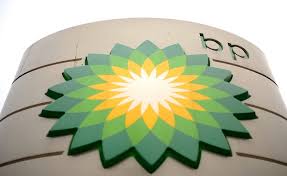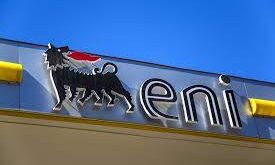BP’s US$10.5 billion move to acquire most of BHP Billiton shale acreage in North America. announced July 26. 2018. signals a bold return by the UK oil giant to the lower 48 states and gives it a prominent position in the red-hot North American tight oil play. The deal. one of the largest acquisitions in BP’s history. gives the company secure access to new projects that can contribute on a large scale to growing its production.
According to fundamental analysis by Rystad Energy. BHP Billiton’s shale assets (excluding Fayetteville. which was not included in BP’s acquisition) carry a value of US$10.7 billion. assuming a flat Brent oil price of US$73 bbl.
“Although BHP has failed to show outstanding productivity results in the Permian-Delaware basin recently. we have observed further delineation of multiple stacked benches on BHP’s land as well as on some adjacent acreage positions. This resulted in the de-risking of a significant number of additional well locations in Rystad Energy’s bottom-up valuation model.` says Alisa Lukash. Shale Analyst at Rystad Energy.
“Furthermore. BHP’s Permian acreage is spread across Reeves. Loving and Culberson counties in West Texas. and is exposed to high variability in the quality of target reservoirs.“ she adds.
BHP is generally able to demonstrate competitive results when controlling for acreage quality and well type (parent child wells). Outside of the Permian-Delaware. the Eagle Ford basin is a play that is driving a major part of BHP’s portfolio valuation.
By acquiring BHP’s acreage in the Eagle Ford. Permian and Haynesville basins. BP has bolstered its portfolio with prime acreage for tight oil developments. Rystad Energy estimates that these assets hold risked recoverable resources of about 3.6 billion barrels of oil equivalent. with oil representing about 2.0 billion bbls.
“These assets will be vital in relation to BP’s efforts to maintain its overall production levels through 2025. In the short term. the new acreage will add around 65 000 bpd to BP’s oil production. The operator is expected to ramp up activity on the properties it has acquired from BHP.“ says Lukash.
Rystad Energy expects production to rise rapidly beyond 100 000 bpd. with an expected plateau at around 150 000 bpd. BP’s legacy production is expected to decline in the medium term. further emphasising the importance of this new acreage to BP’s production profile moving forward (see chart).
Prior to this transaction. BP was one of the few majors not heavily involved in the US shale play. The substantial tight oil assets covered in the BHP acquisition will represent around 10% of BP’s global oil resources. Rystad Energy estimates that the average breakeven price for BP will lie close to $45 per barrel on the newly acquired assets. This relatively low breakeven price is driven by the fact the acreage is largely in the heart of the highly productive Eagle Ford and Permian-Delaware basins.
Following BP’s move. the only majors that still do not hold considerable tight oil positions in North America are Eni and Total.
 Iran Energy News Oil, Gas, Petrochemical and Energy Field Specialized Channel
Iran Energy News Oil, Gas, Petrochemical and Energy Field Specialized Channel




